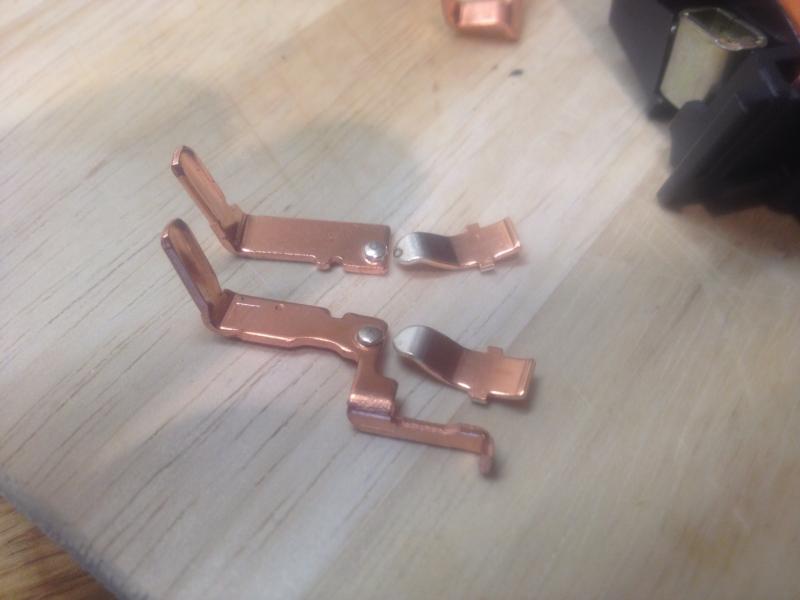Reminds me possibly of the time a customer reported "that outside socket you fitted keeps tripping the RCD!"
I was about to go on holiday so I asked a mate of mine to take a peek
On my return he told me he got a shock.
kitchen ring circuit spurred off via DP switch to external socket which he used for a pond pump.
Over 6 months customer had changed the pond pump three times, each time thinking it had solved the problem , which it did for a while then trouble started again.
He then decided to feed pump via an inside socket on the same ring via an extension lead. Problem vanished so he concluded my outside socket was to blame.
My mate on hearing all this tale, layed himself on the grass by the side of the pond and proceed to drag the pimp by it`s flex so he could reach in and examine the pump. Trouble is he had not unplugged the thing first.
I guessed it as he was telling me, he put his hand in the water whilst lying on earth and got a belt from the pondwater or pump.
The pond water in the pond liner was LIVE. the extension running the pump was only two core no earth.
the pumps were all the same make of French Pumps.
Customer changed to an alternative make and problem never returned.
I did an ins res test on his pumps whilst immersed in water and they all were well down on L to E
I was about to go on holiday so I asked a mate of mine to take a peek
On my return he told me he got a shock.
kitchen ring circuit spurred off via DP switch to external socket which he used for a pond pump.
Over 6 months customer had changed the pond pump three times, each time thinking it had solved the problem , which it did for a while then trouble started again.
He then decided to feed pump via an inside socket on the same ring via an extension lead. Problem vanished so he concluded my outside socket was to blame.
My mate on hearing all this tale, layed himself on the grass by the side of the pond and proceed to drag the pimp by it`s flex so he could reach in and examine the pump. Trouble is he had not unplugged the thing first.
I guessed it as he was telling me, he put his hand in the water whilst lying on earth and got a belt from the pondwater or pump.
The pond water in the pond liner was LIVE. the extension running the pump was only two core no earth.
the pumps were all the same make of French Pumps.
Customer changed to an alternative make and problem never returned.
I did an ins res test on his pumps whilst immersed in water and they all were well down on L to E




